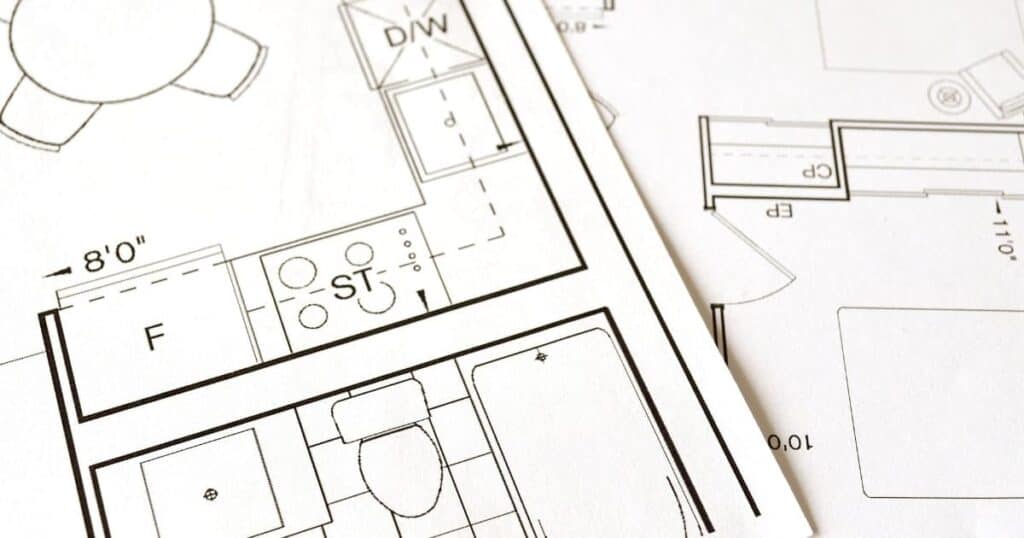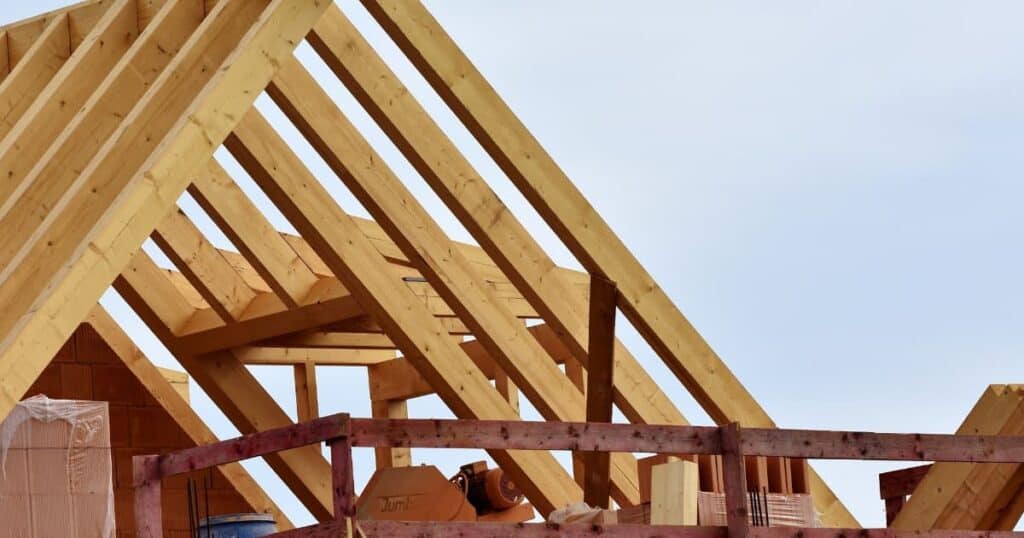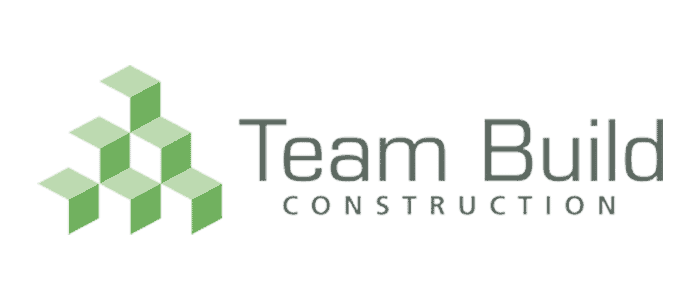
Have you missed out on previously housing schemes launched by the government? If that’s the case, the new proposed ‘Help to Build’ scheme may appeal to you. In this blog, we’ll look at what the scheme is, who it can benefit, and when you will be able to submit an application.
What is the ‘Help to Build’ scheme?
In a bid to encourage more people to invest in new-build properties, the government have launched a scheme allowing for low-deposit mortgages through equity loans on self-built and custom-made homes. This scheme is similar to the ‘Help to Buy’ scheme previously launched by the UK government, however, Help to Buy isn’t ideal for self-builders or people looking to invest in new builds. The new Help to Build scheme will allow more support for those wanting to build a new home.
When was it proposed?
The scheme was initially announced in November 2020, so the original proposal was likely thought up in the months preceding. Since its announcement, further information was revealed in April 2021 by the housing secretary Robert Jenrick, which outlines further how the scheme works in practice.
How will it work?

The new Help to Build scheme will be supported by over £150 million in funding for local authorities to plan and develop public land specifically for new properties. The scheme will allow people to custom build a new property with only a 5% mortgage deposit. Under the new scheme, the mortgage lender will provide 95% of funding for the project and upon completion of the property, the government will give 20% of the building cost to the lender which will reduce the outstanding mortgage value to 75%.
The government has developed the scheme alongside Homes England and have adopted a model based on a proposal by the National Custom and Self Build Association (NaCSBA). In a slightly different fashion to the Help to Buy scheme, the new scheme will be based upon the estimated building costs rather than the estimated property price. The government share will be paid to the lender upon the practical completion of the new property.
There is major hope that this scheme will be transformative for the self-build sector, as it allows for new self-builders who may be constrained by a smaller budget and deposit to enter the market in a way previously unfeasible for them. It will also mean newer and better quality homes are being added into the housing market.
When will the ‘Help to Build’ scheme be open for applications?
First-time home buyers will be able to submit their applications for the scheme from late summer this year. The government is hoping that the scheme will help to contribute 30-40,000 new homes per year.
How long will the ‘Help to Build’ scheme run for?
The current version of the proposed Help to Build scheme is scheduled to run from 2021 and be funded until 2025, which gives potentially interested buyers a four-year period to get involved with the scheme.
What does this initiative mean for self builders?

Hopefully, this new initiative will be the positive news that self-builders have been waiting for. It’s been argued that people wanting to build their own homes have not received enough support or opportunity in the past, so this new scheme could be transformational for those looking to enter the housing market via building a new property.
Another aim of this proposal is to encourage a new generation of people to get involved with building projects who may not be capable without financial assistance. There has been much evidence in the past that there is a growing demand for people wanting to build their own homes, with over 55,000 people signing up to local authority Right to Build registers.
Most of the self-build market is dominated by builders who own multiple properties and build developments at a high volume. This scheme will open up more opportunities to builders who are looking to become first-time homeowners and build smaller-scale developments.

